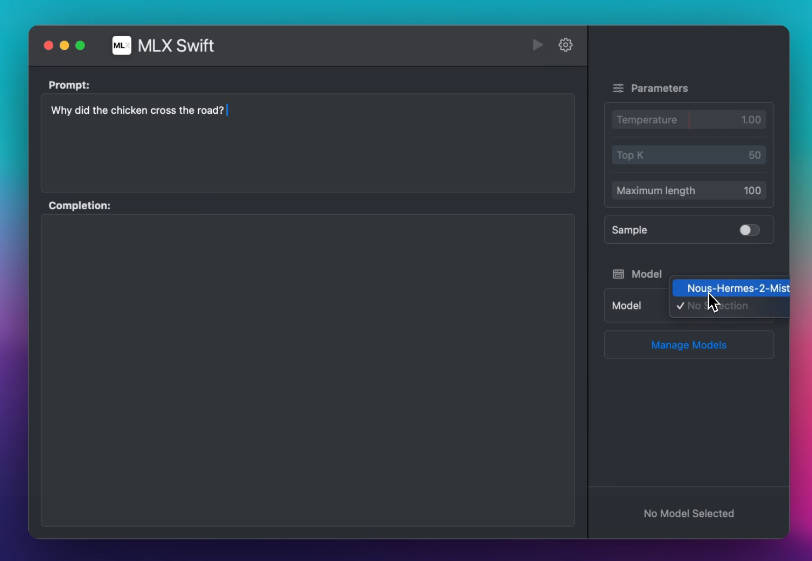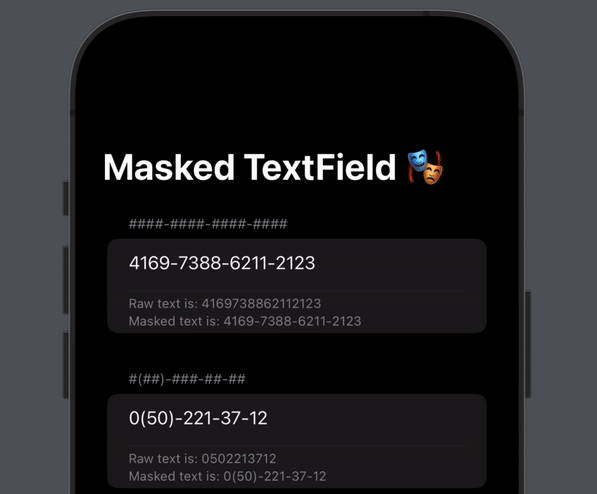easyStorage
A simple, easy to use wrapper for ObservableObject to allow for persistent data storage.
Usage
You just use the class StorageViewModel instead of ObservableObject. In StorageViewModel there are two notable methods: load(file:, data:) and save().
The file: you give the load-method is just an identifier for the property you want to store.
In load you load the data from the file you specify and save it to a key path as well as register this given key path to the save-method.
I would recommend you invoke the load-method in your view models initializer and the save-method in an onDisappear-closure in ContentView.
Example
ViewModel
class ViewModel: StorageViewModel{
@Published var names: [String] = []
override init() {
super.init()
load(file: "names", data: \ViewModel.names)
}
}
App
@main
struct MyApp: App {
@StateObject var model: ViewModel = ViewModel()
var body: some Scene {
WindowGroup {
ContentView()
.environmentObject(model)
}
}
}
ContentView
struct ContentView: View {
@EnvironmentObject var model: ViewModel
@State var nameString: String = ""
var body: some View {
VStack {
TextField("name", text: $nameString)
Button("add Name"){
model.names.append(nameString)
}
List(model.names, id: \.self){name in
Text(name)
}
}
.padding()
.onDisappear(){
model.save()
}
}
}
Credits
This package is a forked version of apples Persisting Data tutorial for SwiftUI: https://developer.apple.com/tutorials/app-dev-training/persisting-data
Contribute
If there is any problem/feature missing please just open an issue or a pull request.
License
easyStorage is available under the MIT License.
Written with StackEdit.


